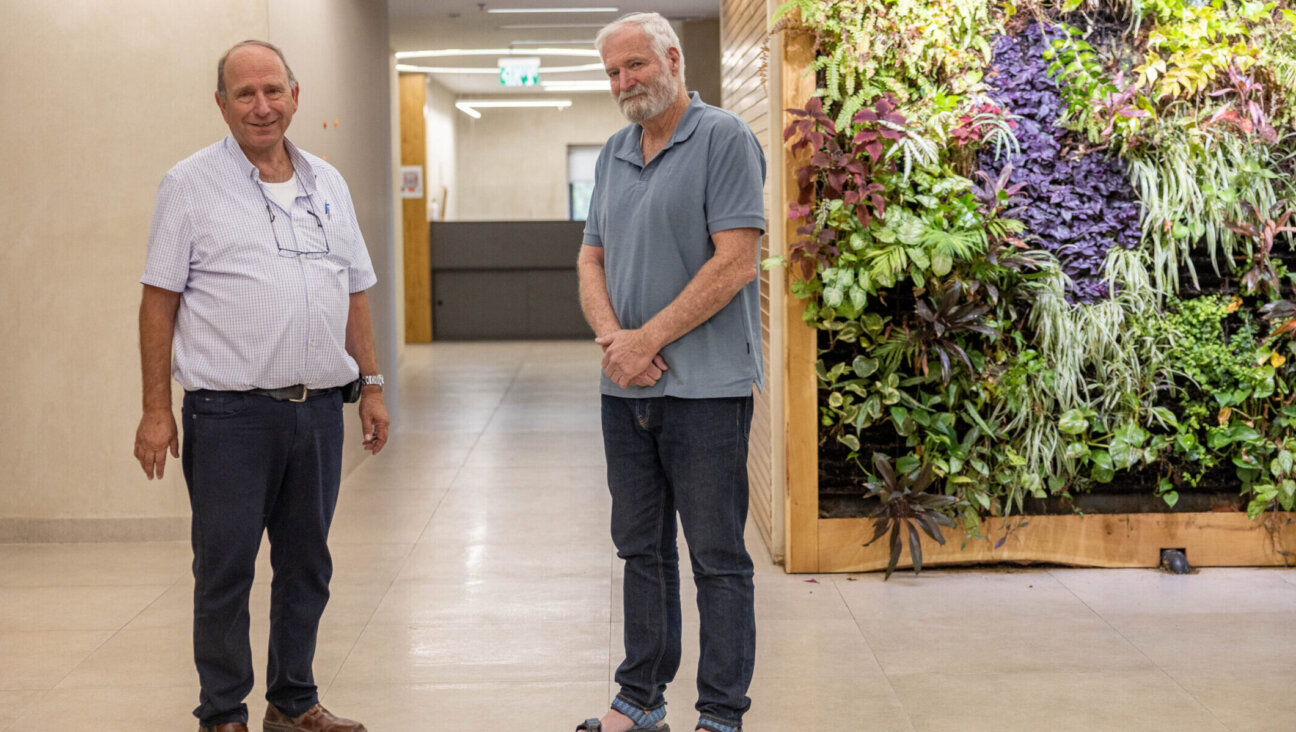Michael Bloomberg Honored
“OZ ELLIOTT,” WHO HELPED SAVE THE CITY, HONORED AT NEW YORKER FOR NEW YORK GALA
“It was Seders at the Safers’ and Christmas at the Ozes’,” said “60 Minutes” correspondent Morley Safer, remembering the Citizens Committee for New York City’s founder, Osborn “Oz” Elliott, at the committee’s February 24 New Yorker for New York Awards Gala. In 1975, as the city faced bankruptcy, Oz, in response to the Daily News headline “Ford to City: Drop Dead!” helped found the committee. Joan Weill presented Judith Jamison, artistic director of the Alvin Ailey American Dance Theater, with the committee’s Elizabeth Chapin Award for Leaders in the Arts. “Dance comes from the people and should be for the people,” Jamison said. “Ailey tours more than any other dance company [and] is the U.S.’s cultural ambassador to the world.” Lauding the Joan Weill Center for Dance, Jamison informed: “There are Ailey camps in 10 cities across the U.S. Twenty-four thousand people are taking dance classes.” Chancellor Joel Klein presented the David Patrick Moynihan Award for Lifetime Public Service to Richard Kahan, founder and CEO of the Urban Assembly. Arts patron Agnes Gund, president emerita of the Museum of Modern Art, presented the New Yorker for New York Award to Philippe de Montebello, former director and CEO of the Metropolitan Museum of Art.
“I have lived here since my teens,” de Montebello said. “It is the city I have adopted and which has adopted me.” As the museum’s eighth and, at 31 years, longest-serving director in its 135-year history, he declared: “Its mosaic makes it an international and universal city. The Met, with its collections across millennia, is a tree where branches find their roots.… In difficult times in which we now live, the Met teaches you that no matter what the times, what the manmade difficulties, great art offers a great sense of renewal and teaches us an optimistic message.”
New York City Police Commissioner Raymond Kelly, who with his wife, Veronica, was among the black-tie guests at the Waldorf-Astoria, was lauded for his leadership and praised for the then 16% drop in crime from the beginning of the year. “Urban areas are what fuels the country,” noted Peter Kostmayer, committee president and the evening’s master of ceremonies. “Last year, Citizens funded and trained more than 100 neighborhood groups. None had a paid staff. All were small, all were volunteer, all were resident-led and all told us what they wanted to do is to improve their struggling neighborhoods.” Kostmayer concluded: “This is how de Tocqueville described it in 1835: ‘These Americans are a peculiar people. If in a local community a citizen becomes aware of a human need which is not being met, he thereupon discusses the situation with his neighbors. Suddenly a committee comes into existence.… It is like watching a miracle, because these citizens perform this act without a single reference to any bureaucracy or any official agency.’ That’s us!”
Elliott, who got printer’s ink under his fingernails at the age of 8, began his career in 1946, as a cub reporter for the New York Journal of Commerce. He went to Time as a business writer, and in 1955 he was hired as business editor of Newsweek. In 1960, at age 36, he became the magazine’s editor. In 1975, with Senator Jacob Javits, Elliott founded the Citizens Committee for New York City, which he guided for three decades. When the city was on the brink of bankruptcy in 1976, he became its first deputy mayor for economic development. Dean of Columbia University Graduate School of Journalism until 1994, he led the “Save Our Cities, Save Our Children” march on Washington, which had 250,000 participants. Elliott died September 28, 2008.
Oz’s beloved chicken potpie, served since the gala’s inception, was the main dish.
MAYOR BLOOMBERG, POLICE COMMISSIONER KELLY AND NYPD HEROES HONORED AT BLACK-TIE GALA
“Come, on!” famed singer/actress Cyndi Lauper said to New York City Police Commissioner Kelly at the March 3 New York City Police Foundation Gala, as she invited him onto the Waldorf-Astoria’s stage. Lauper performed at the event, which honored Mayor Michael Bloomberg. Foundation Chair Valerie Salembier lauded the mayor for his “unwavering commitment to the 55,000 men and women of the NYPD.” Referring to New York City’s police force as “our white knights,” Tina Brown, who co-chaired the evening with her husband, Sir Harold Evans, and with Mortimer Zuckerman, declared, “New York is the safest city in the country, thanks to Commissioner Ray Kelly and the unflinching backing of Mayor Bloomberg.” Charlie Rose served as master of ceremonies of the event, which raised $1.9 million. The evening’s black-tie crowd included George Lucas, Amy and Howard Rubenstein, Tommy and Thalia Mottola, George Catsimatidis, Queens Attorney General Richard Brown, James Nederlander and longtime foundation trustee Sally Goodgold. During our chat, Goodgold raved about Kelly’s impact on the international police force: “Everywhere in the world, he has made a change.”
Among the evening’s honorees were David Glassberg, lieutenant in Police Service Area 2 who had an impact on reducing crime and giving at-risk youth positive choices in life; Stacey Notten, a sergeant in the Personnel Bureau who helped create the NYPD’s Foreign Language Program, which currently boasts more than 1,000 certified linguists in more than 46 languages; NYPD scuba diver detectives Michael Delaney and Robert Rodriguez, and Emergency Services detectives John McKenna and James Coll, who received the Chuck Barris “Cop of the Year” award for their heroic actions in rescuing passengers from the U.S. Airways flight 1549 crash landing in the Hudson River in January.
The New York City Police Foundation, the only organization authorized to raise funds on behalf of the NYPD, was established in 1971 by business and civic leaders as an independent, not-for-profit organization to strengthen the services of the NYPD and to improve public safety. To date, the foundation has invested $90 million in innovative programs that include the International Liaison Program, the Real Time Crime Center, Gun Stop and Crime Stoppers. In addition to Lauper’s vocal program, there were performances by the New York City Police Band and The Pipes and Drums of the NYPD Emerald Society.
“INCIDENT AT VICHY”A BEAUTIFULLY MOUNTED MILLER CLASSIC WORTH SEEING
At issue for the nine men and one boy waiting outside an office in German-occupied France in Arthur Miller’s “Incident at Vichy,” which is now playing at the Beckett Theatre on 42nd Street’s Theatre Row, is whether your penis or your nose will betray you and thereby send you to your death. With silences punctuating Godot-like staccato questions, musings and dissonant self-assurances that their fate is neither death in Poland nor death in a concentration camp oven, the victims — most of them Jews — exchange rumors and comfort themselves with such rationalizations as: “The Germans love music,” “Germans are still people,” “They need us,” “I see nothing to fear if your papers are all right,” “The German [interrogator] looks like a nice fellow.” The victims include a Communist for whom events are seen in terms of workers and economics; an Austrian prince who dismisses Germans as “vulgar”; a timid elderly Jew; a gypsy; a waiter; a professor, and a boy on a mission. The 16-strong cast, superbly directed by Scott Alan Evans, makes this mounting of “Vichy” a great theater experience. Don’t miss! In one of the reviews, the writer compares the assemblage of victims as a collection of characters “seen in bad war films.” I can assume only that the reviewer is neither a Holocaust survivor nor child or grandchild of survivors, otherwise he would have heard family stories that parallel Miller’s character arc. Fleeing Nazi-occupied Warsaw, my mother and I often found ourselves traveling with assortments of refugees that included everyone from women and children, political activists and a long-bearded rabbi (whom the Germans took to the river bank, forced into the water, neck deep, and used his head for target practice) to a professor who was only concerned with the doctoral thesis he carried in his teke briefcase — a lifetime’s research. In “Vichy,” the young man tells the others that though he survived, his “mother did not because of the furniture.” Ah! The stupidity of the furniture! I often tell people how many of my friends and their mothers in Warsaw stayed because they could not part with possessions: “How can I leave all this — the furniture, the china,” they lamented with dismay, and ended up perishing in the ghetto or in Treblinka.
What Miller captures in his 1964 play “Vichy,” which has not been seen in New York City in nearly 30 years, is based on his 1964 trip to Europe to cover one of the Nazi war-crimes trials in Frankfurt. Adding to the opening night pleasure of “Vichy” was having F. Murray Abraham sit in front of us. During the post-play reception, Abraham reminded me of our first meeting when he performed in the Jewish Repertory Theatre’s mounting of David Mamet’s “A Life in the Theatre.”
Had a chance to chat with Arthur Miller in May 1995, when the National Foundation for Jewish Culture presented him with the Literary Honors Award. At the event, Eli Wallach read two scenes from Miller’s “The Prize,” in which he starred. Miller noted: “Part of this award is for plays about Jews; last season’s Broadway offering ‘Broken Glass’ is not my first play about Jews. Actually, I’ve written several stories and plays about Jews as far back as the 1940s. But I don’t hang tags on them as Jews — just people.” I think Miller forgave me for my acerbic review of “Broken Glass,” which ran in May 1994 in the Forward:
“Oy! Do I have a problem with Arthur Miller’s current Tony-nominated play, ‘Broken Glass’ (or ‘The American Jewish Constipation Syndrome.’) Sorry to tread on hallowed ground and author, but once again a Jewish male character has been portrayed as a negative, self-hating, impotent, obsequious Jew: Kvetch! kvetch! kvetch! Genug? Enough already!”
What a contrast with the characters in “Vichy”!
You only have until April 11 to see this Miller gem.
A message from our CEO & publisher Rachel Fishman Feddersen

I hope you appreciated this article. Before you go, I’d like to ask you to please support the Forward’s award-winning, nonprofit journalism during this critical time.
We’ve set a goal to raise $260,000 by December 31. That’s an ambitious goal, but one that will give us the resources we need to invest in the high quality news, opinion, analysis and cultural coverage that isn’t available anywhere else.
If you feel inspired to make an impact, now is the time to give something back. Join us as a member at your most generous level.
— Rachel Fishman Feddersen, Publisher and CEO






















